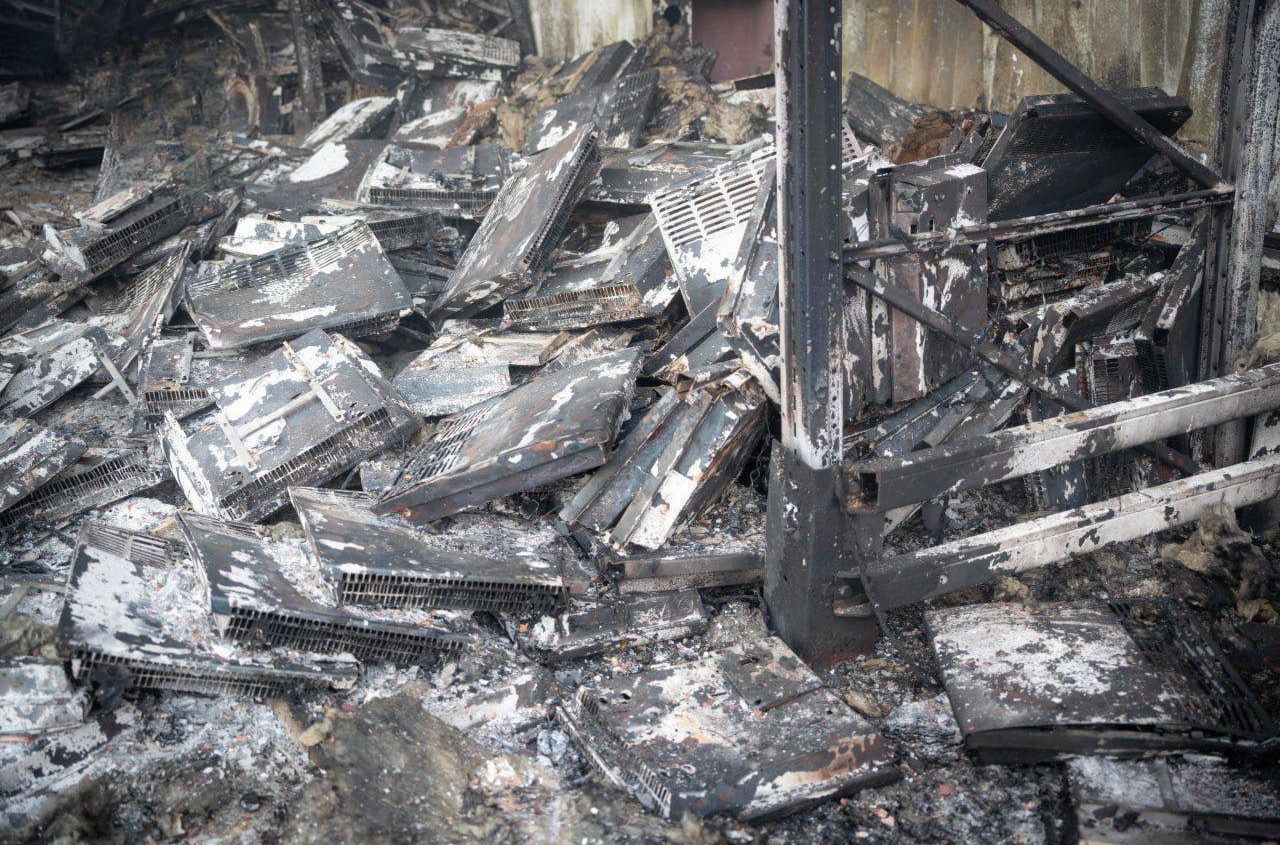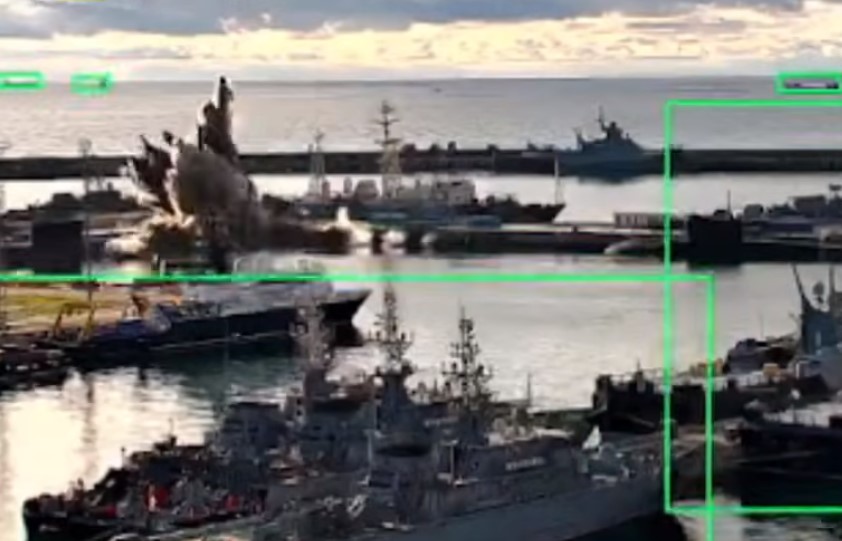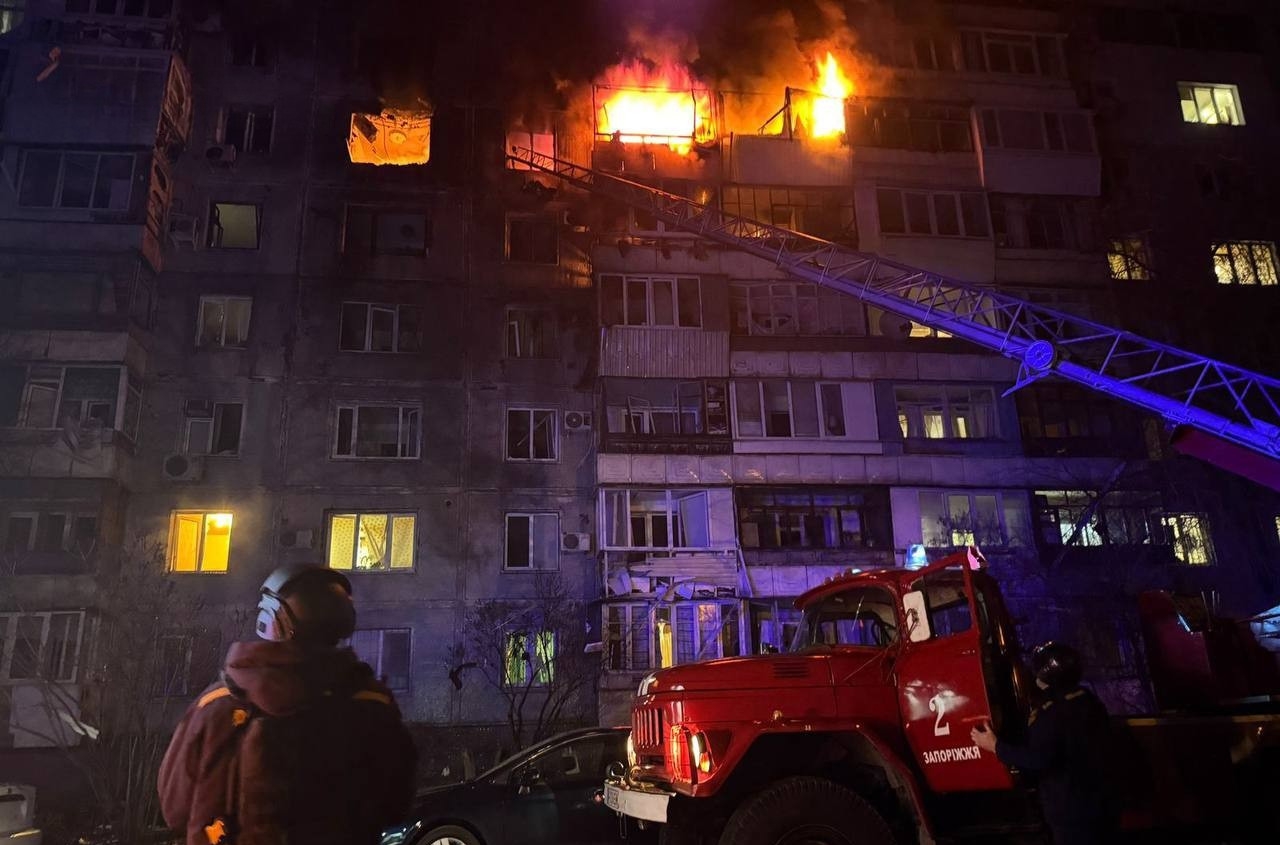Recent Russian advances through Pokrovsk are the culmination of a 21-month campaign to seize the town and a five-month dedicated battlefield air interdiction (BAI) effort to degrade Ukrainian defensive capabilities. Russian gains on the Pokrovsk sector have been in large part enabled by the Russian targeting of Ukrainian drone capabilities. A Ukrainian drone unit operating in the Pokrovsk direction reported that Russian forces are sending nearly 100 fireteams consisting of up to three personnel each into Pokrovsk per day.
The Ukrainian drone unit stated that these Russian fireteams are overwhelming Ukrainian positions such that Ukrainian drone operators do not have time to launch drones. Ukrainian military sources have recently reported that Russian infiltration groups are deliberately targeting Ukrainian drone crews to engage them in close combat, inhibiting Ukrainian drone operations. Combined Russian ground tactics and the implementation of BAI effects have created an environment in which it is very difficult for Ukrainian forces to operate drones. BAI is the use of airpower to strike targets in the near rear of the frontline to impact battlefield operations in the near term; it aims to deny the adversary the use of crucial logistics lines and facilities necessary to sustain battlefield operations.
Ukrainian military observer Kostyantyn Mashovets indicated that Russian forces created the drone denial environment in Pokrovsk using dedicated tactics that degraded the organization and efficacy of Ukrainian defensive and drone operations ahead of Russian infiltration missions, which also further degraded these Ukrainian operations.
Mashovets reported that the Russian military command established a new three-phased process for infiltrations: preparation, execution, and exploitation.
Mashovets stated that in the preparation phase, the military command prioritizes identifying Ukrainian tactical and tactical-operational ground lines of communication (GLOCs) supporting forward Ukrainian positions, Ukrainian drone operator positions and drone launch sites, and other exploitable areas. Mashovets stated that Russian forces send in Spetsnaz forces to conduct the initial infiltration missions and subsequent surprise attacks against Ukrainian positions during the preparation phase, after which standard assault forces conduct their own infiltration missions in the execution phase. Mashovets stated that Russian forces send out many small assault groups for further infiltration missions and to consolidate and reinforce positions during the exploitation phase, likely hoping to overwhelm Ukrainian forces while sustaining heavy casualties.
Russian forces took 21 months to advance the 39 kilometers (just over 24 miles) from Avdiivka to Pokrovsk. Russian forces first began the Pokrovsk effort in February 2024 after seizing Avdiivka and began setting conditions to take Pokrovsk through direct frontal assaults in March 2024. This effort failed, however, and Russian forces instead shifted to an envelopment campaign in Fall 2024. Russian forces conducted a short series of assaults in the Pokrovsk direction in Winter 2025 but did not reprioritize the direction again until July 2025.
Successful Ukrainian drone operations largely stymied Russian advances in the Pokrovsk direction from late 2024 into summer 2025.
Russian technical innovations, such as first person view (FPV) drones with increased ranges, thermobaric warheads, and “sleeper” or “waiter” drones along GLOCs, allowed Russian forces to generate BAI effects and restrict Ukrainian troop movements, evacuations, and logistics. Russia also deployed elite drone operators of the Rubikon Center for Advanced Unmanned Technologies to the Pokrovsk direction and other priority sectors in Donetsk region to focus on interdicting Ukrainian GLOCs and eliminating Ukrainian drone operators. Russian forces began attempts to infiltrate into Pokrovsk in late July 2025 in tandem with their dedicated BAI efforts in the area.Russian forces achieved a limited penetration northeast of Pokrovsk in the Dobropillya tactical direction in August 2025, likely taking advantage of a porous frontline while seeking to secure the eastern flank of the Pokrovsk direction.
Mashovets stated on November 4 that Russia created the Rubikon Center for Advanced Unmanned Technologies to primarily target and strike Ukrainian drone crews and noted that Russian forces prioritize Ukrainian drone crews in tactical, operational, and strategic-level strikes.
These Russian BAI interdiction efforts have not proven as effective across the entire frontline, however, and will not necessarily be exportable to other parts of the theater. The urban environment in Pokrovsk has provided Russian forces with cover and concealment for infiltration groups and drone crews that are absent in other areas of the frontline, and Russia has dedicated staggering and unsustainable amounts of manpower and materiel to seizing Pokrovsk.
Russian forces briefly deprioritized the Pokrovsk effort to focus on the Dobropillya tactical penetration in August 2025. Russian forces failed to exploit this penetration, however, likely in part due to the threat of Ukrainian drone strikes against Russian forces attempting to advance across open terrain. Russian forces then shifted back to prioritizing the Pokrovsk direction by September 2025, and Ukrainian forces have been successfully clearing the Dobropillya salient as Russian forces continue efforts in the Pokrovsk direction as of November 2025.
Russian forces have also been attempting to penetrate weak points in Ukrainian defenses and advance near and into Kupyansk, but have not succeeded in destabilizing Ukrainian defenses to the same degree as in Pokrovsk. The differences between the Russian efforts to seize Kupyansk and Pokrovsk are likely in part due to the open terrain surrounding Kupyansk and Russia’s inability to dedicate the same degree of manpower and resources to offensive efforts in the Kupyansk direction, especially as the Russian effort to collapse the Ukrainian pocket in the Pokrovsk direction is ongoing. Russian forces have also not prioritized generating BAI-type effects in the Kupyansk direction to the same degree as Pokrovsk. Russia would have to commit to potentially years-long, resource-intensive ground operations and BAI implementation to recreate the conditions in Pokrovsk elsewhere in the theater.




















